In Guangzhou, China, President Ho Chi Minh and many patriotic Vietnamese youth enthusiastically devoted themselves to the great "revolutionary water".
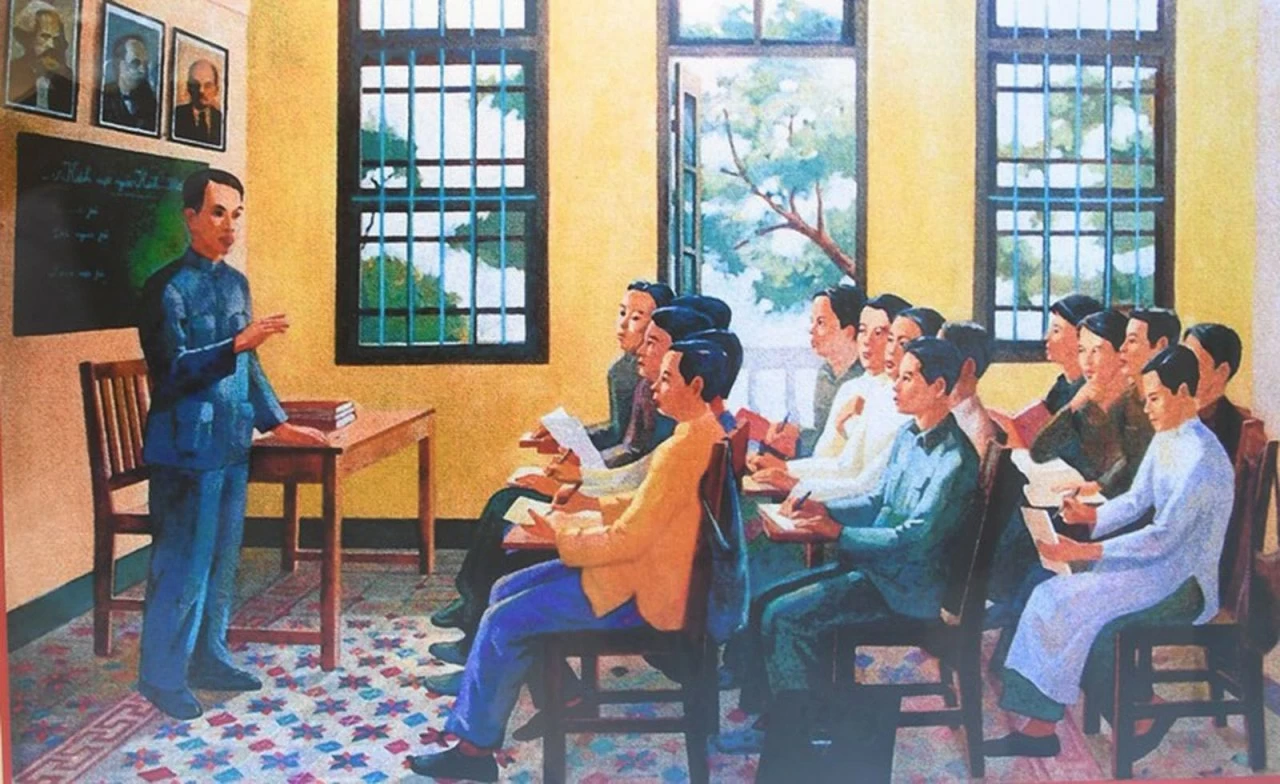 |
| Painting 'Nguyen Ai Quoc giving a lecture at a training class for Vietnamese revolutionary cadres in Guangzhou, China'. |
President Ho Chi Minh was a great leader of the Vietnamese people and an old friend who was highly respected by the Chinese people. The rising revolutionary situation in Guangzhou in the early 20th century attracted many Vietnamese patriots to Guangzhou, and it became an important overseas base for Vietnamese revolutionaries.
A place to nurture revolutionary ideals
In November 1924, comrade Ho Chi Minh was sent by the Communist International from Moscow (Soviet Union) to Guangzhou (China) under the pseudonym, pen name Ly Thuy, to work as an interpreter for Soviet advisor Borodin. In Guangzhou, comrade Ho Chi Minh, with the help of the Communist Party of China, achieved results in organizing the Vietnamese revolutionary forces and training Vietnamese cadres.
Before comrade Ho Chi Minh arrived in Guangzhou, Vietnamese revolutionaries in Guangzhou had established the revolutionary organization Tam Tam Xa. However, due to the lack of proper theoretical guidance, some members of the group advocated using assassination to fight the French and save the country. In June 1924, a member of this organization, comrade Pham Hong Thai, failed to assassinate the French Governor-General of Vietnam in Sa Dien, Guangzhou and died in the Pearl River.
After comrade Ho Chi Minh arrived in Guangzhou, he spread the Marxist-Leninist doctrine on the national liberation movement. In June 1925, comrade Ho Chi Minh founded the Vietnam Revolutionary Youth Association based on the Tam Tam Xa organization. This was the first revolutionary organization in Vietnam guided by the theory of Marxism-Leninism and the predecessor of the Communist Party of Vietnam.
The headquarters of the Vietnam Revolutionary Youth League was located at No. 13 and No. 13-1 (now No. 248 and 250) Van Minh Street. From the beginning of 1925 to April 1927, this place became the command center of the Vietnamese revolution abroad.
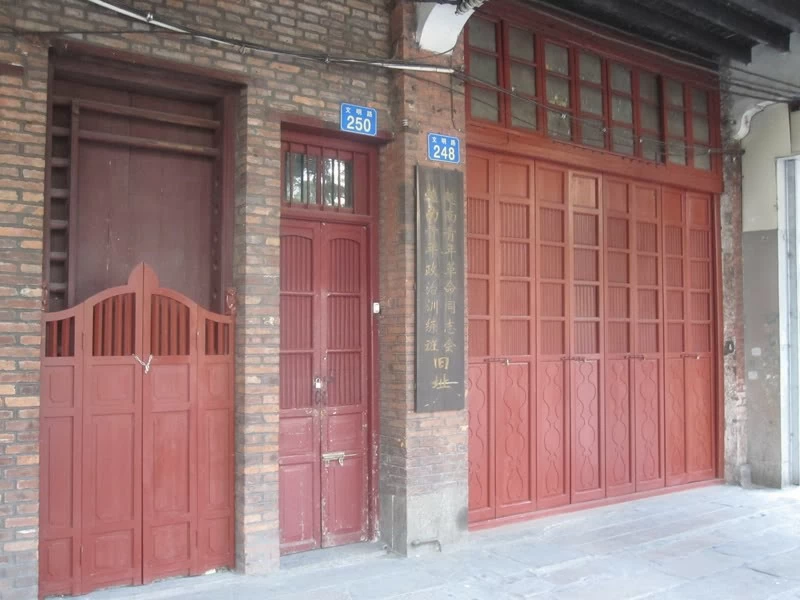 |
| The headquarters of the Vietnam Revolutionary Youth League is located at 13 and 13-1 (now 248 and 250) Van Minh Street. |
To promote the Vietnamese revolution more widely, in June 1926, comrade Ho Chi Minh founded the Vietnamese tabloid newspaper " Thanh Nien " in Guangzhou. This was the first newspaper in Vietnam to propagate Marxism-Leninism. " Thanh Nien " was published once a week. From June 21, 1925 to April 17, 1927, a total of 88 issues were published.
Part of the above issue was secretly transported to Vietnam with the help of the Sailors' Association led by the Communist Party of China. The newspaper played an important role in spreading Marxism-Leninism and mobilizing the Vietnamese people to fight against the French.
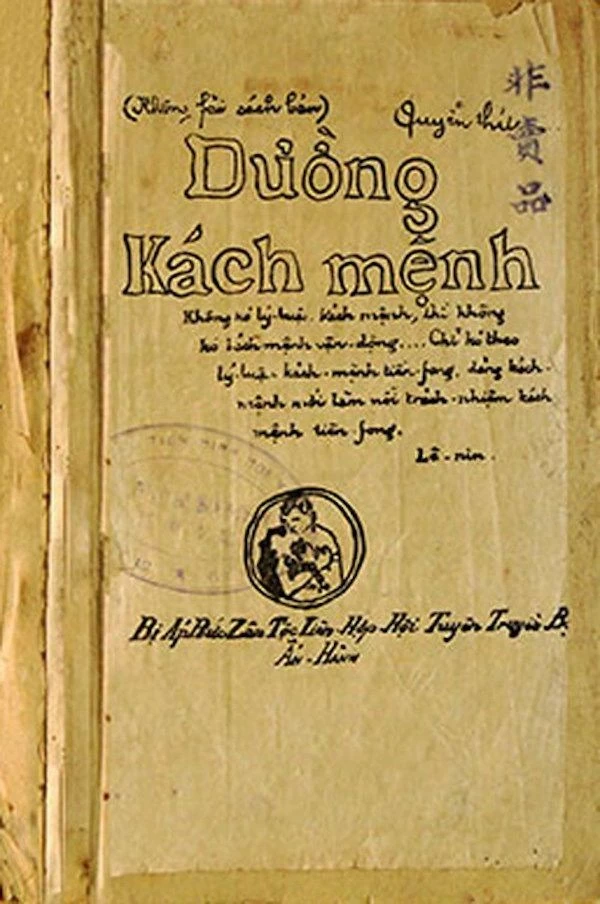 |
| “Duong kach menh” (Revolutionary Path) is a collection of lectures by comrade Ho Chi Minh at training classes for cadres of the Vietnam Revolutionary Youth Association. (Source: VNA) |
The establishment of the Vietnam Revolutionary Youth Association and the revolutionary activities of comrade Ho Chi Minh in Guangzhou attracted a large number of Vietnamese revolutionary youth. Many patriotic Vietnamese youth overcame the obstacles of the French colonialists to come to Guangzhou.
To train Vietnamese revolutionary cadres, from late 1925 to early 1927, comrade Ho Chi Minh organized three consecutive political training sessions for Vietnamese youth in Guangzhou. The first session was held at the end of 1925, with 10 participants. The second session was held in September 1926, with 15 participants. The third session began at the end of 1926 and ended in February 1927, with 50 participants.
The first two sessions were held at the headquarters of the Vietnam Revolutionary Youth Association on Van Minh Street. Due to the large number of students in the third session, the location was changed to No. 5 and 7 Nhan Hung Street, Dong Cao Avenue.
Comrade Ho Chi Minh attached great importance to training, directly taught and carefully compiled lectures. In early 1927, he compiled the lectures of the training classes into a collection entitled “The Revolutionary Path”, the first Marxist-Leninist work of Vietnam, printed in Guangzhou. The book combined the basic principles of Marxism-Leninism with the practice of the Vietnamese revolution, providing important ideological guidance for the Vietnamese national liberation movement.
"Same ideals, same beliefs"
At the Friendship Meeting with intellectuals and young generations of the two countries during his State visit to Vietnam in December 2023, General Secretary and President of China Xi Jinping said: "Looking back at the past, we have the same goals and help each other. From modern times to the present, the two parties and the two peoples of China and Vietnam have always persevered in the same ideals and beliefs, supporting each other to overcome all difficulties in the process of fighting for national independence and liberation."
This was clearly demonstrated when Ho Chi Minh's work of establishing revolutionary organizations and training revolutionary cadres in Guangzhou received support and assistance from the Chinese Communist Party organizations in Guangdong. The Guangdong District Party Committee of the Chinese Communist Party helped comrade Ho Chi Minh choose the location for the headquarters and training classes of the Vietnam Revolutionary Youth Association.
At the opening ceremony of the training class, comrades Zhou Enlai, Liu Shaoqi, Chen Yannian, Zhang Cailei, Peng Bai, Li Fuchun and a number of comrades leading strikes at the provincial and Hong Kong levels were invited to give lectures in the training class.
Comrade Ho Chi Minh's lectures were also printed with the help of revolutionary groups led by the Communist Party of China. The National Peasant Movement Conference held in Guangzhou at that time invited the students of the training class to attend the class.
The Guangdong Provincial Farmers' Association, located on Dong Cao Avenue, was frequently visited by Comrade Ho Chi Minh and introduced to relevant situations so that Comrade Ho Chi Minh could periodically send reports to the International Farmers' Association and write articles for newspapers and magazines.
At that time, the Guangdong Provincial Farmers' Association often held meetings, inviting the person in charge of the Guangdong District Party Committee, the Chinese Communist Party and Soviet advisors to report. Students of the Vietnamese Youth Political Training Course were also invited to attend these seminars.
When the training class entered phase 2, the number of students was large and it was difficult to cook, so the Peasant Movement Academy invited Vietnamese students to dine. Part of the funding needed to open the training classes was provided by the Guangdong District Committee of the Communist Party of China.
After the establishment of the Whampoa Military Academy, Comrade Zhou Enlai concurrently held the position of Director of the Political Department, and Comrade Ye Jianying held the position of Deputy Director of the Education Department. On that occasion, a number of Vietnamese revolutionary youth were sent to study at the Whampoa Military Academy.
In the summer of 1926, the Vietnam Revolutionary Youth Association brought 8 children of Vietnamese martyrs from the age of 11 to 16 to Guangzhou. After comrade Ho Chi Minh contacted the Guangdong District Committee of the Communist Party of China, the children were able to study for free at the primary and secondary schools affiliated with Sun Yat-sen National University (formerly Guangdong National University).
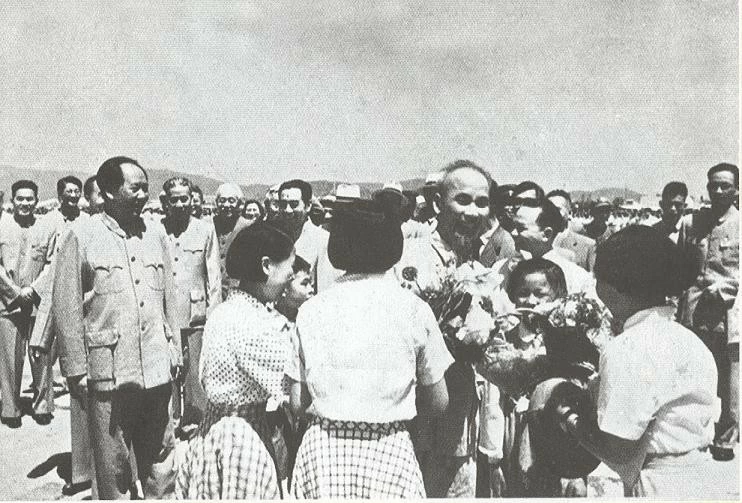 |
| President Ho Chi Minh visited China in July 1955. |
Revolutionary friendship
In Guangzhou, Comrade Ho Chi Minh established revolutionary friendship with the Chinese Communists. Comrades such as Zhou Enlai, Li Fuchun, Cai Chang, Chen Yannian and Zhang Cailei were all old friends. After arriving in Guangzhou, they carried out revolutionary activities together, and their relationship became deeper and deeper.
Thanks to the help of the Communist Party of China, Ho Chi Minh's work of training young Vietnamese cadres in Guangzhou was carried out smoothly. A large number of young pillars returned to Vietnam, propagating Marxism-Leninism in many places, establishing communist organizations, mobilizing the masses, launching the resistance war against the French, bringing the national liberation movement in Vietnam into a new situation.
In Guangzhou, Ho Chi Minh and his comrades enthusiastically devoted themselves to the "great revolutionary stream" led by the Communist Party of China, fighting side by side with the Chinese people.
In June 1925, a general strike broke out in Guangdong and Hong Kong. The Guangdong and Hong Kong Strike Committees issued a notice to recruit members of the speech team. In July 1925, revolutionaries from China, Vietnam, Korea, India, Myanmar, Indonesia and other countries established the League of Oppressed Nationalities in Guangzhou. Comrade Ho Chi Minh, under the pen name Ly Thuy, participated in the preparatory work, serving as a member of the Finance Committee and Head of the Annam branch.
In January 1926, the Second National Congress of the Kuomintang was held in Guangzhou. Comrade Ho Chi Minh sent a letter to the Chairman of the Conference, requesting to speak about the situation of Vietnam being oppressed by imperialism for reference when the Conference discussed aid for the movement to liberate oppressed peoples.
On January 14, 1926, comrade Ho Chi Minh gave a speech in French at a meeting under the pen name Vuong Dat Nhan, translated by comrade Ly Phuc Xuan.
April 1927, the Guangzhou Revolution failed.
In May 1927, Comrade Ho Chi Minh left Guangzhou for Moscow.
On December 11, 1927, the Guangzhou uprising broke out, dozens of Vietnamese revolutionaries, including Ho Tung Mau, Le Hong Son, Truong Van Linh, Ly Thiet Hung, Phung Chi Kien, Hong Hong... fought side by side with their Chinese comrades.
After the failure of the Chinese Revolution, the headquarters of the Vietnam Revolutionary Youth League moved to Hong Kong and resumed relations with the Communist International, with the help of the Guangdong Provincial Committee of the Communist Party of China.
In December 1929, comrade Ho Chi Minh went to Hong Kong and convened a congress to unify three communist organizations in Vietnam.
On February 3, 1930, the "Unification Conference" was held at Song Wong Tai Sin in Kowloon, Hong Kong, declaring the establishment of the Communist Party of Vietnam (renamed the Indochinese Communist Party in October 1930, the Vietnam Workers' Party in February 1951 and the Vietnam Communist Party in December 1976).
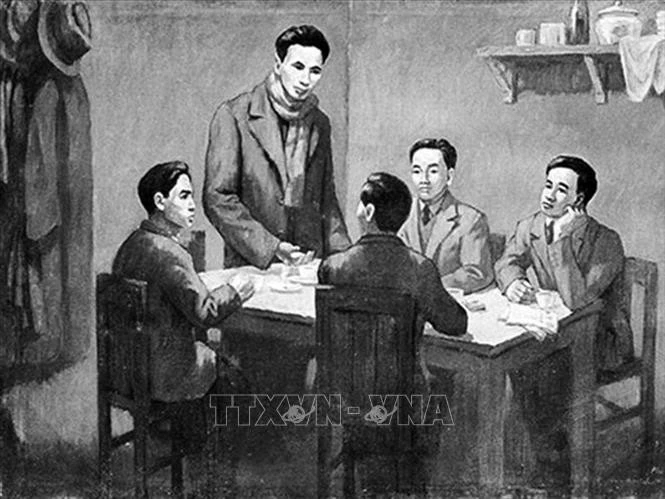 |
| Painting of the "Unification Conference" held at Sung Wong Tai Sin in Kowloon, Hong Kong on February 3, 1930, declaring the founding of the Communist Party of Vietnam. |
Source: https://baoquocte.vn/nhung-nam-thang-hoat-dong-cach-mang-cua-chu-pich-ho-chi-minh-tai-quang-chau-trung-quoc-282991.html



![[Photo] General Secretary To Lam arrives in Minsk, begins state visit to Belarus](https://vphoto.vietnam.vn/thumb/1200x675/vietnam/resource/IMAGE/2025/5/11/76602f587468437f8b5b7104495f444d)


![[Photo] General Secretary To Lam meets and expresses gratitude to Vietnam's Belarusian friends](https://vphoto.vietnam.vn/thumb/1200x675/vietnam/resource/IMAGE/2025/5/11/c515ee2054c54a87aa8a7cb520f2fa6e)



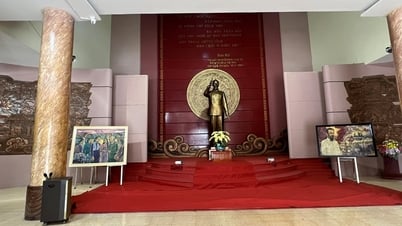

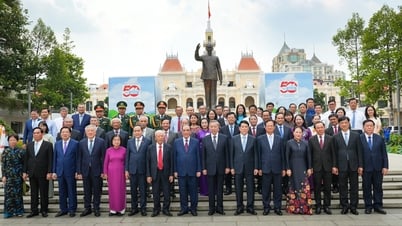



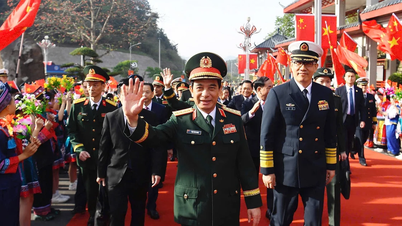




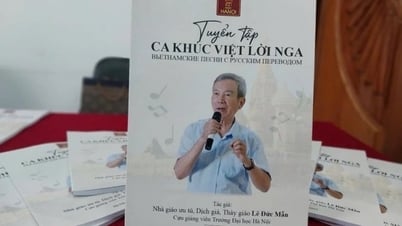
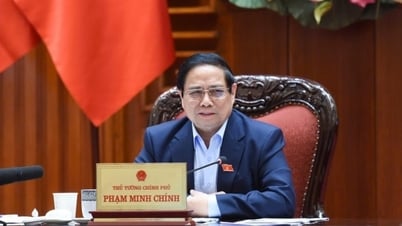
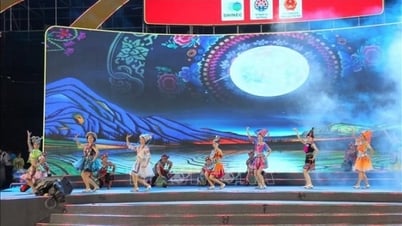
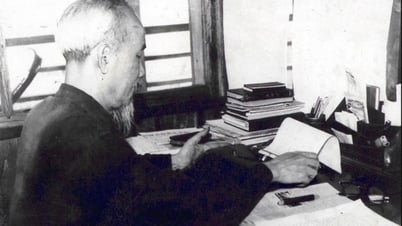




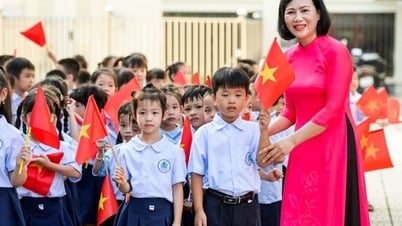
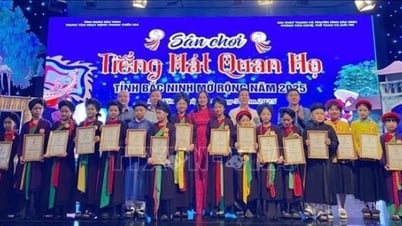
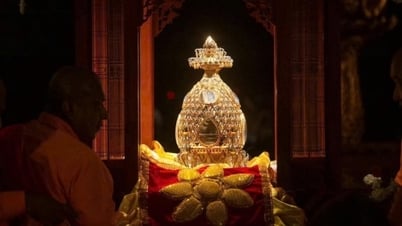
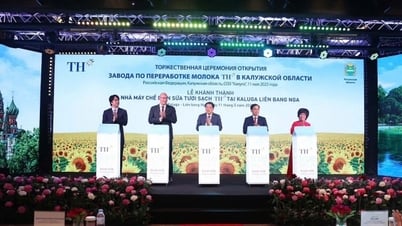

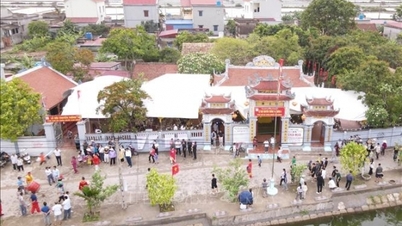
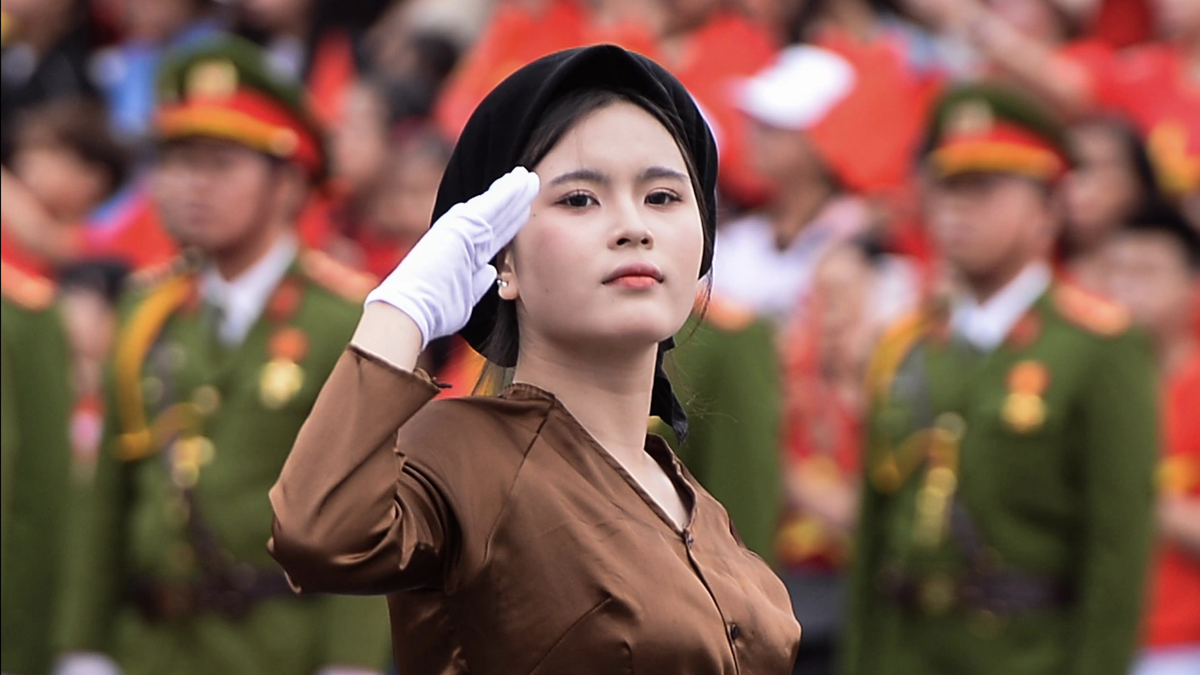

![[Photo] General Secretary To Lam concludes visit to Russia, departs for Belarus](https://vphoto.vietnam.vn/thumb/1200x675/vietnam/resource/IMAGE/2025/5/11/0acf1081a95e4b1d9886c67fdafd95ed)
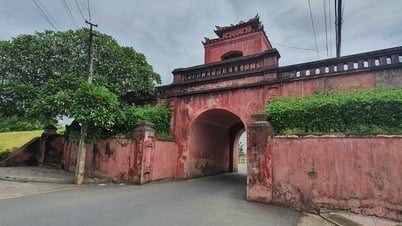


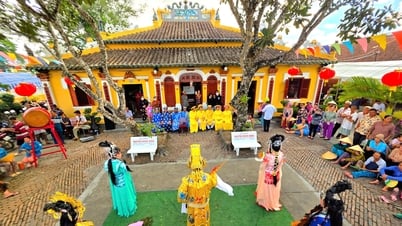
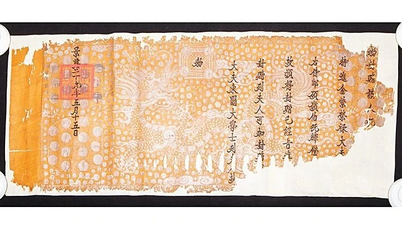


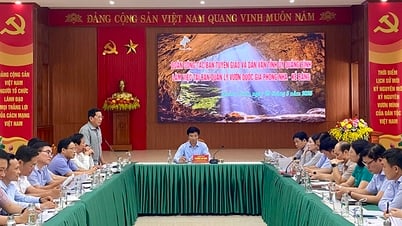

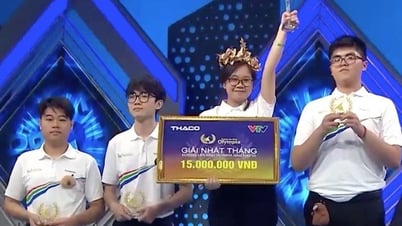


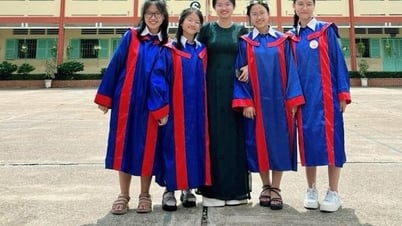



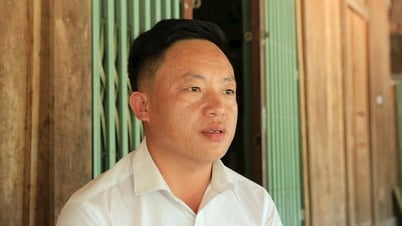
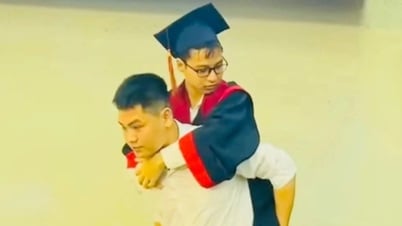






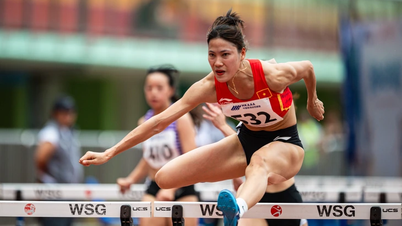
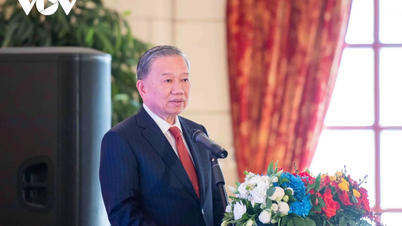

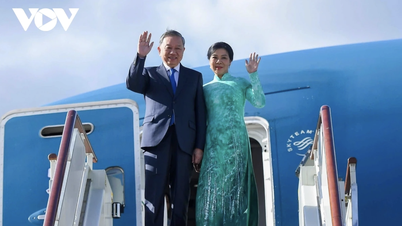
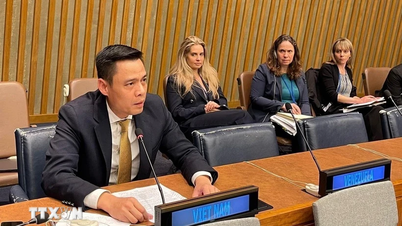




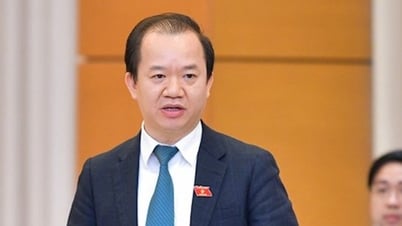


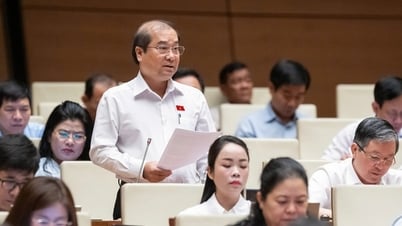
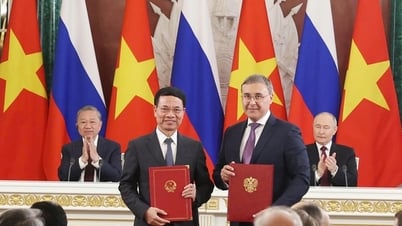




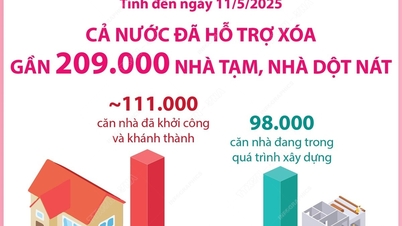

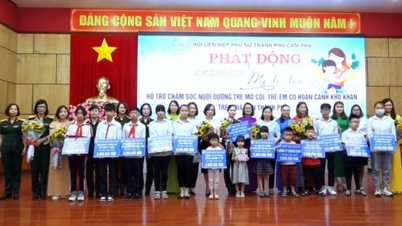

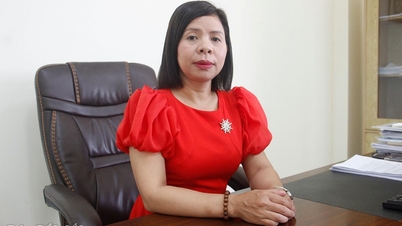

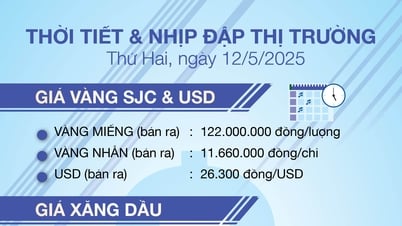

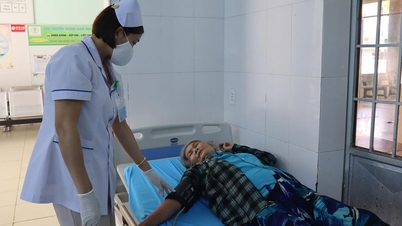
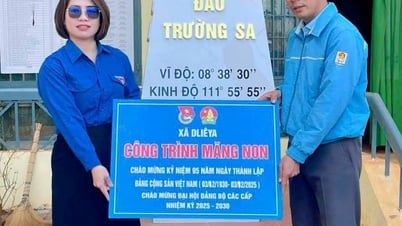
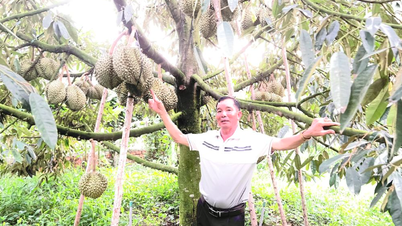



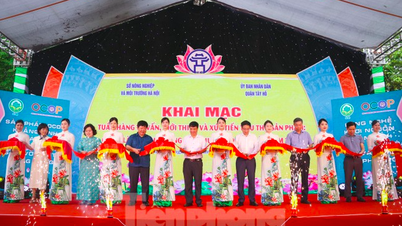


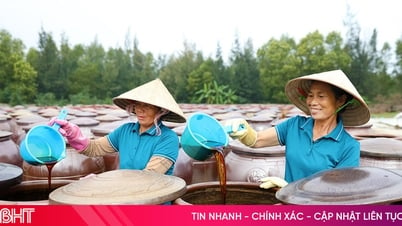



Comment (0)